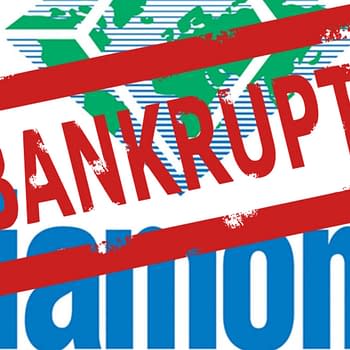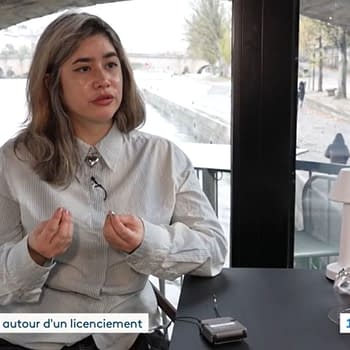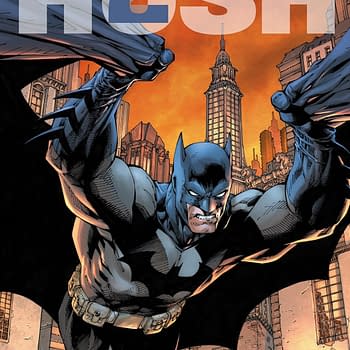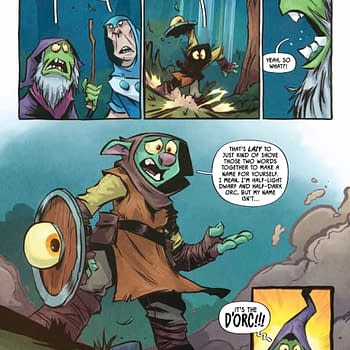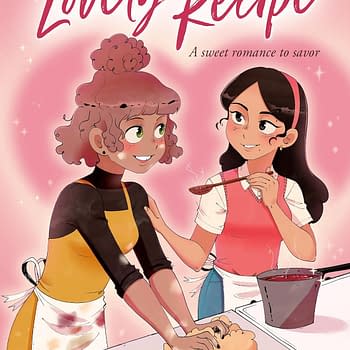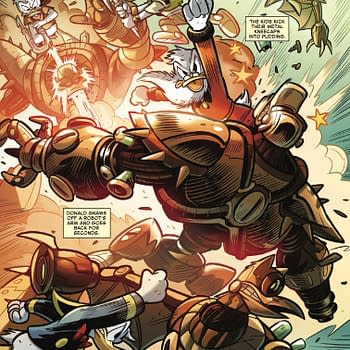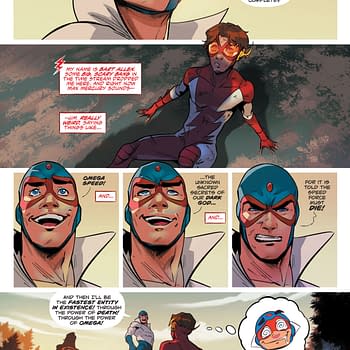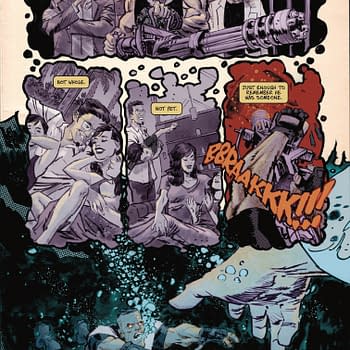Posted in: Comics, Recent Updates | Tagged: dennis o'neil, denny o'neil, how to write comics and graphic novels, How to write comics and graphic novels by Dennis O'Neil
How To Write Comics And Graphic Novels by Dennis O'Neil #22

He's already written a string of columns in line with his teaching on Bleeding Cool. And now he's writing some more…
Let us pause in our busy lives to remember something I wrote a couple of weeks back: A story is a structured narrative designed to achieve an emotional effect, demonstrate a proposition or reveal character.
Okay, it's official: we have, again, defined "story." Before we take a bow as millions acknowledge our achievement, we might want to examine one word in our definition: "structure."
The events of our stories shouldn't be just slapdashed onto the page at random. Rather, they should be assembled and ordered so as to enable the reader to understand them and even drive pleasure from them. The only way to do this is to structure them. (If there's another way, somebody please let me know what it is.) If I'd been writing this when I was…oh, say ten years old, describing structure would be pretty straightforward because, as far as I can tell, there was generally only one structure in the popular media–we're talking radio and movies–plus variations thereof. Now, not true. Serials, in sundry forms, have become our era's dominant narrative mode and serials kind of gebolix the problem of narrative structure. That is a topic for another time, probably next week As for this week–
We can begin with a variant of the three act structure that any of you who've taken screenwriting classes will be familiar with. It's basic–a starting place for understanding the topic. The version presented herewith is adapted especially for writing a single-issue superhero comic story. To be honest, not much adapting was necessary.
Basic structure for a 22-page story.
Hook –
Inciting incident.
Establish situation and conflict.
(Major visual action.)
Develop and complicate situation.
(Major visual action.)
Events leading to —
Climax.
(Major visual action.)
A few quick postscripts: "Hook" as I use the term is is something on the first story page to pique the reader's interest. A map isn't a very good hook; a truck about to hit a baby carriage is.
"Inciting incident" is what sets the train of events in motion. A simple. and arguably crude, example: Somebody finds a dead body and calls the cops. (If you look real hard, you might find this on television tonight.) In Hitchcock's The Lady Vanishes, a lovable old woman disappears from a speeding train. In the Superman saga, a planet explodes but a scientist manages to evacuate his infant son. (You can find something close to this in the Bible and look for it at a theater near you because it's coming soon.)
Major visual action: in discussions of the three act structure aimed at screenwriters, these "actions" might be called "plot points." They're the incidents that change the story's direction. I'm asking for them to be major and visual and active because superhero stuff is about spectacular physical feats, among other things, and it's nice to give the customers what they pay for.
Next week, we'll glance at structures for longer stories.






